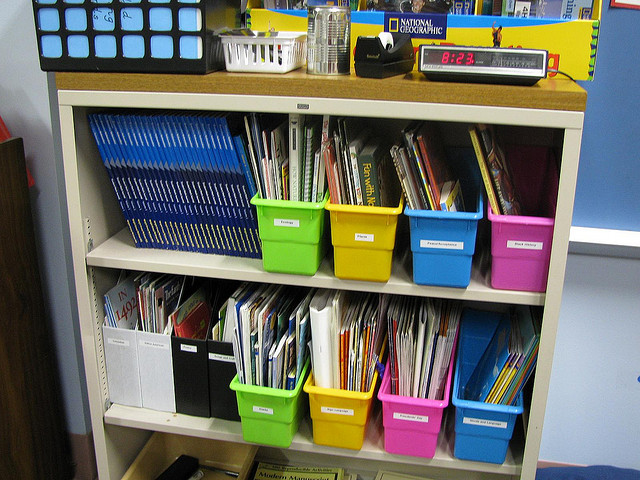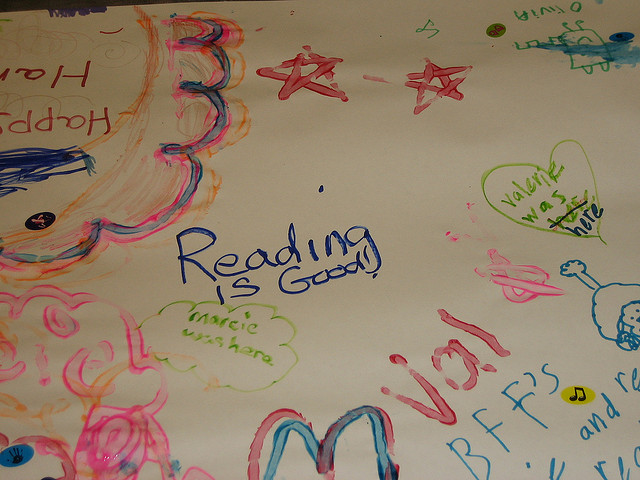As we mentioned in our previous post, Bilingual Students: Using Holiday Celebrations to Promote Language Development in Multicultural Classrooms, bilingual students often have a lot to say right after they return from their winter holidays. They are eager to share activities that they engaged in with family and friends and to talk about the gifts that they may have received. However, once the excitement of returning back to school has worn off, it can be more challenging to............. CONTINUE READING
January 29, 2013




